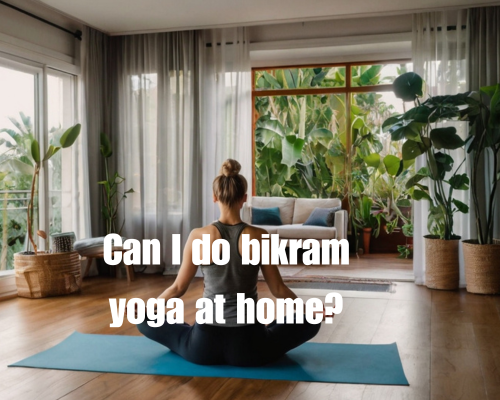Lyme Disease is a bacterial infection spread primarily by the bite of infected black-legged ticks, also called deer ticks. It is most common in wooded or grassy areas, especially in the Northeast, Midwest, and Pacific Northwest regions. The illness is caused by the bacterium Borrelia burgdorferi and can affect multiple systems in the body, including the skin, joints, nervous system, and heart.
How Lyme Disease Begins
After a tick bite, the bacterium enters the bloodstream. The first sign in many cases is a circular rash that resembles a bull’s-eye, known as erythema migrans. This rash typically appears 3 to 30 days after the bite and may be warm to the touch, but not usually painful or itchy. Some people may never develop this rash, which makes early detection more difficult.
Symptoms of Lyme Disease
The early symptoms of Lyme Disease can be similar to the flu. These may include:
- Fever
- Chills
- Headache
- Fatigue
- Muscle and joint aches
- Swollen lymph nodes
As the disease progresses, additional symptoms may develop, such as:
- Severe headaches and neck stiffness
- More rashes on other areas of the body
- Arthritis with severe joint pain and swelling
- Facial drooping (Bell’s palsy)
- Irregular heartbeat or palpitations
- Dizziness or shortness of breath
- Nerve pain or shooting pains in hands and feet
- Memory problems or confusion
These symptoms can appear weeks or even months after the tick bite and may persist for a long time without treatment.
How Lyme Disease Is Diagnosed
Doctors often diagnose Lyme Disease based on physical symptoms, a history of possible exposure to ticks, and laboratory tests. Blood tests can check for antibodies to the bacteria, though they may not be accurate in the early stages. The most commonly used tests include the ELISA test followed by a Western blot test for confirmation.
Medical and Holistic Treatment Options
The standard treatment for Lyme Disease is a course of antibiotics, such as doxycycline or amoxicillin. Most people who receive treatment in the early stages recover quickly and completely. However, some individuals experience ongoing symptoms even after completing antibiotics. This is sometimes called post-treatment Lyme Disease syndrome.
Holistic approaches to care are often used alongside medical treatment. These strategies may include:
Nutritional Support
Anti-inflammatory diets, hydration, and gut-friendly foods help reduce stress on the immune system and support recovery. Some patients benefit from supplements such as omega-3 fatty acids, probiotics, and vitamins C and D.
Physical Therapy and Movement
Gentle movement helps maintain joint mobility and reduce stiffness, especially for those experiencing Lyme-related arthritis. Low-impact exercises like yoga or tai chi may improve circulation and energy.
Herbal Remedies
Some practitioners recommend natural antimicrobials like cat’s claw, Japanese knotweed, or andrographis. These herbs are thought to support the immune system and help reduce microbial activity.
Stress Reduction and Mental Health Care
Ongoing pain and fatigue can affect emotional well-being. Techniques like deep breathing, mindfulness, or talking with a licensed therapist may help patients better cope with symptoms and stress.
Detoxification Practices
Some people seek therapies that support the body’s natural detox systems, such as infrared saunas, dry brushing, or Epsom salt baths. These practices are often used to manage Herxheimer reactions, which are temporary symptom flares during treatment.
Lifestyle Changes for Better Symptom Management
Making small adjustments to daily routines can help people with Lyme Disease manage fatigue, pain, and cognitive challenges. These might include:
- Prioritizing sleep and rest
- Breaking tasks into smaller steps
- Pacing activities to avoid symptom flare-ups
- Staying hydrated throughout the day
- Keeping a symptom journal to track changes
Support from friends, family, or online communities can also be valuable. Sharing experiences, tips, and encouragement can make it easier to stay motivated and informed.
Prevention Strategies
Avoiding tick bites is the most effective way to prevent Lyme Disease. Precautionary steps include:
- Wearing long sleeves and pants when in wooded or grassy areas
- Using insect repellent with DEET or picaridin
- Checking for ticks after outdoor activities, especially on the scalp, underarms, and behind the knees
- Removing ticks promptly with fine-tipped tweezers
- Keeping lawns trimmed and clearing brush from around homes
In areas where Lyme Disease is common, awareness and early action are key to reducing risk and ensuring quick response if symptoms appear.




